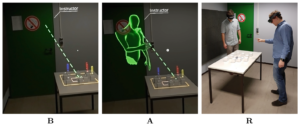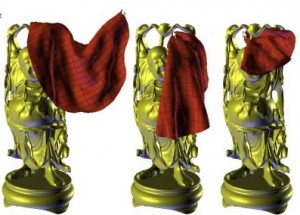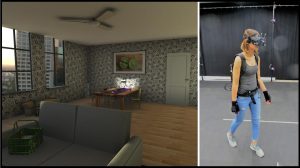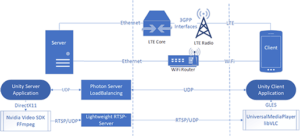Investigating the Effect of Embodied Visualization in Remote Collaborative Augmented Reality
Kristoffer Waldow, Arnulph Fuhrmann and Stefan M. Grünvogel
In: Proceedings of 16th EuroVR International Conference, EuroVR 2019, Tallinn, Estonia
Part of the Lecture Notes in Computer Science, vol 11883. Springer, Cham, 2019.

Abstract
This paper investigates the influence of embodied visualization on the effectiveness of remote collaboration in a worker-instructor scenario in augmented reality (AR). For this purpose, we conducted a user study where we used avatars in a remote collaboration system in AR to allow natural human communication. In a worker-instructor scenario, spatially separated pairs of subjects have to solve a common task, while their respective counterpart is either visualized as an avatar or without bodily representation. As a baseline, a Face-to-face (F2F) interaction is carried out to define an ideal interaction. In the subsequent analysis of the results, the embodied visualization indicates significant differences in copresence and social presence, but no significant differences in the performance and workload. Verbal feedback of our subjects hints that augmentations, like the visualization of the viewing direction, are more important in our scenario than the visualization of the interaction partner.
Paper
DOI: 10.1007/978-3-030-31908-3_15





